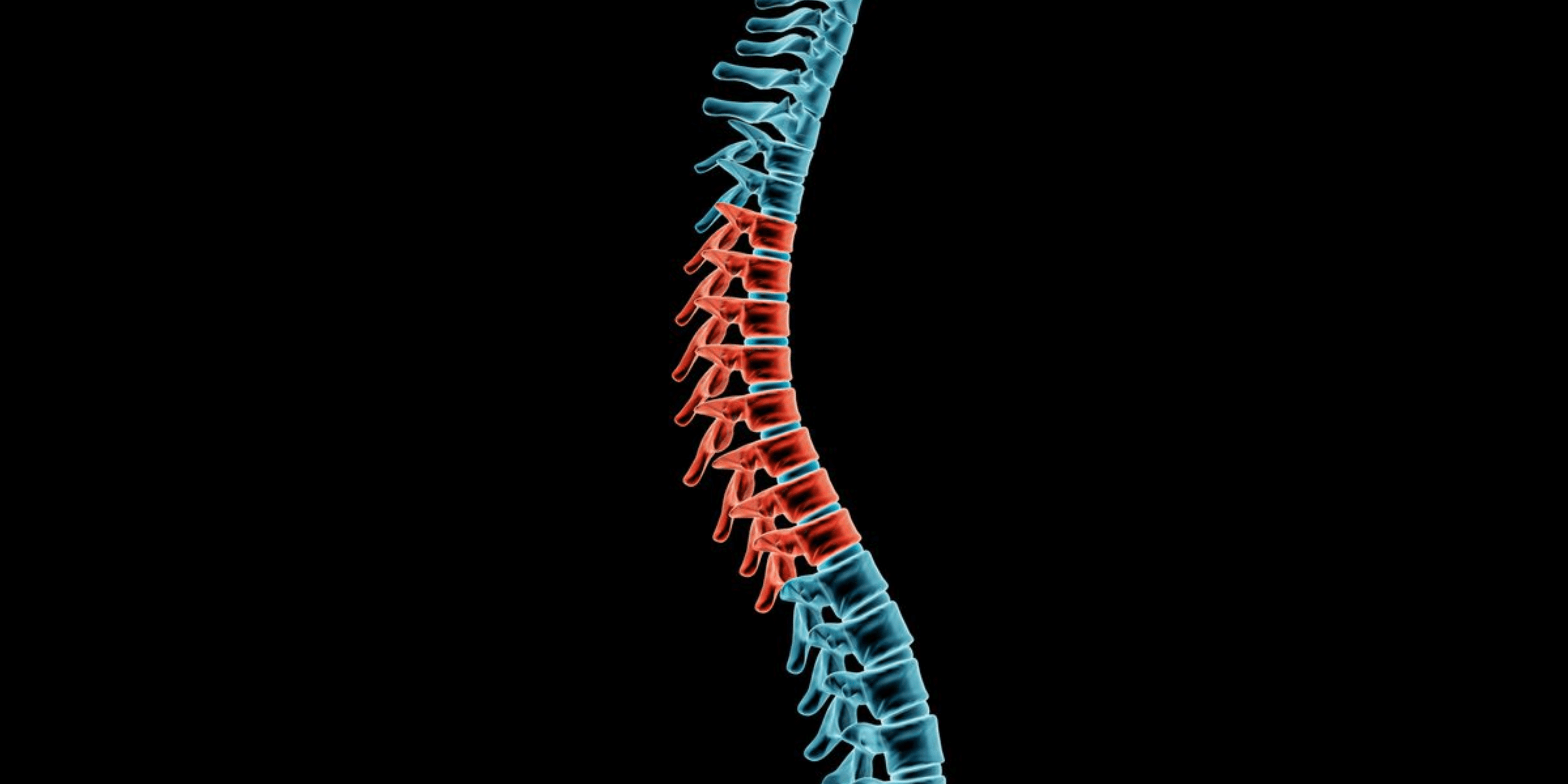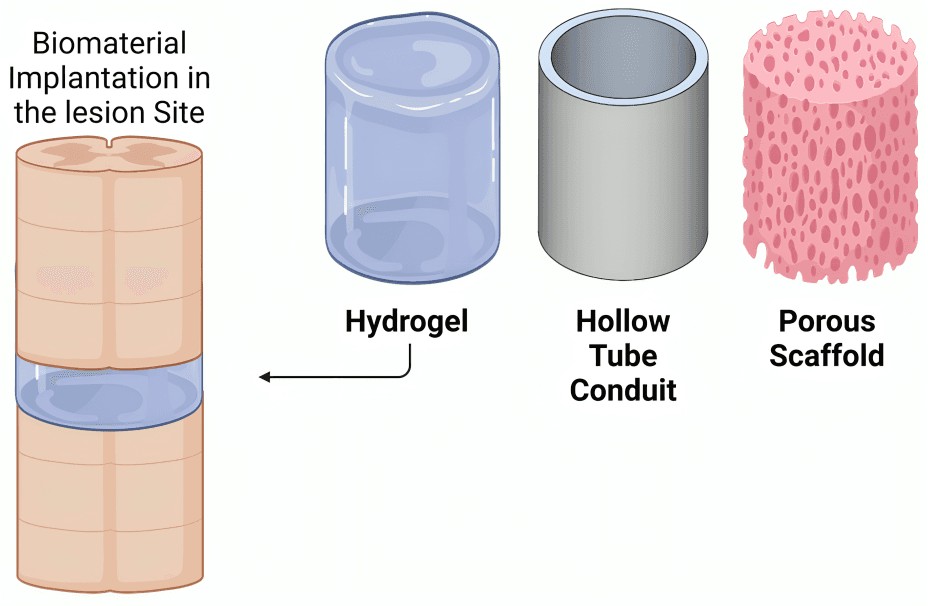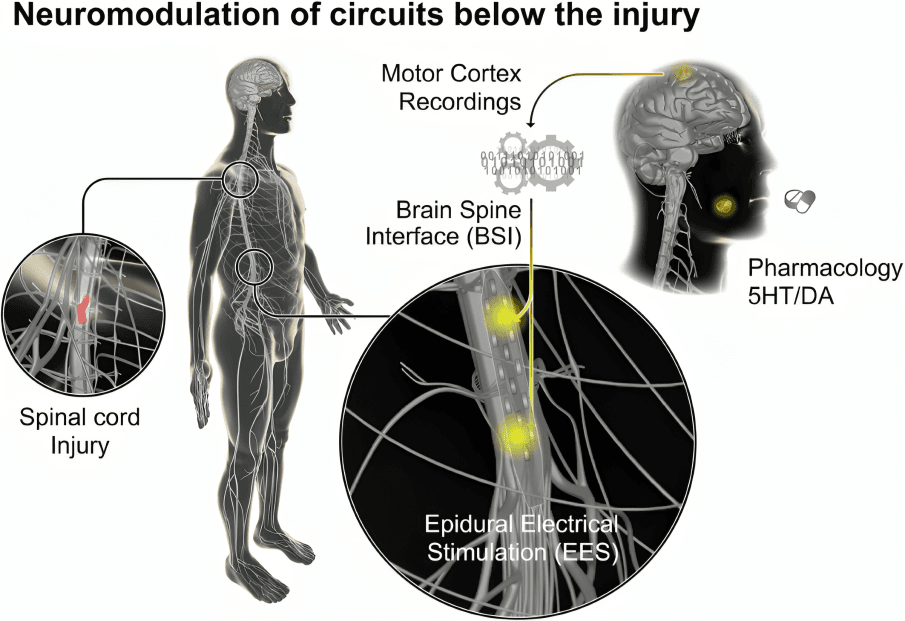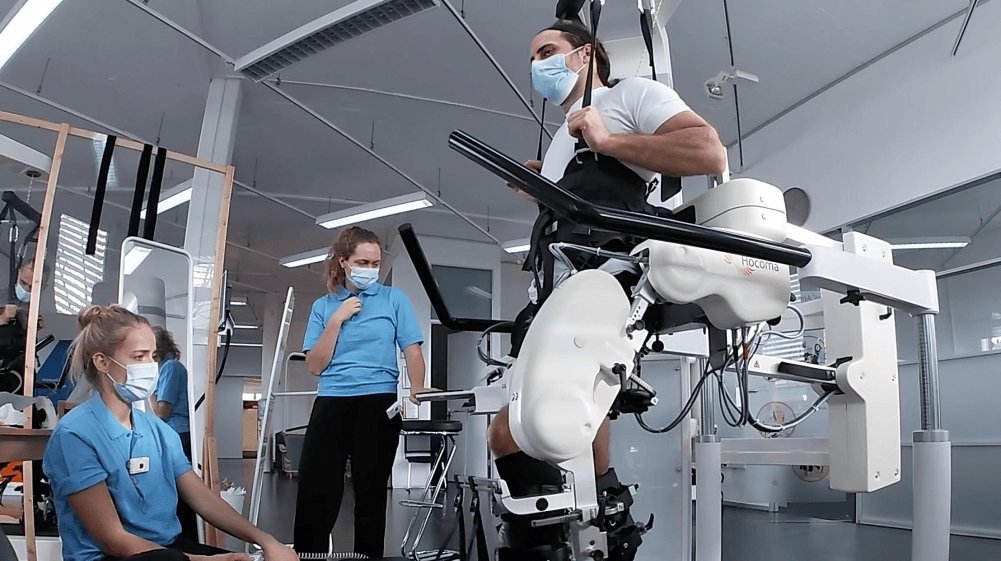
“
Advances in spinal cord regeneration represent a rapidly evolving field, where science and medicine join forces to unlock new methods to repair nerve damage and restore mobility. Researchers explore innovative therapies that stimulate nerve growth, reduce scarring, and enhance functional recovery for spinal cord injury patients worldwide. 1
1
”
Early spinal cord injury treatments focused primarily on preventing further damage, but advances now emphasize regeneration by promoting nerve fiber growth and reconnecting neural pathways. 1
Stem cell therapies have become a leading focus in spinal cord regeneration, offering the ability to replace damaged neurons and support the repair of injured spinal tissue. 2
Scientists discovered that certain proteins inhibit nerve regeneration in the spinal cord, and current research targets blocking these molecules to encourage axon regrowth and functional recovery. 3

Biomaterial scaffolds implanted at injury sites provide a physical structure guiding new nerve growth while releasing growth factors to enhance regeneration in damaged spinal cords.
Electrical stimulation devices are now used experimentally to activate neural circuits below spinal injury sites, promoting improved movement and sensory function in some patients. 4
Gene therapy techniques are being explored to alter gene expression in spinal cord cells, enhancing their ability to survive injury and regenerate connections. 5
Doctor and researcher Dr. Michael Fehlings significantly contributed to spinal cord regeneration science by pioneering translational research focused on clinical applications and therapies. 6
Advances in imaging technologies allow precise visualization of spinal cord damage and regeneration processes, improving diagnosis and tracking of treatment effects over time. 7
Researchers study the role of inflammation in spinal cord injuries, aiming to modulate immune responses to reduce harmful scarring and create an environment conducive to nerve repair. 8

Neuroprosthetics paired with spinal regeneration therapies help bridge gaps in damaged neural circuits, restoring some voluntary control and sensation in clinical trials.
A combination of physical rehabilitation with regenerative treatments is critical to maximize functional outcomes, as activity encourages plasticity and neural remodeling. 9
3D bioprinting of spinal cord tissue is an emerging technique aiming to fabricate customized grafts that mimic natural nerve architecture for improved integration. 10
Nanotechnology plays a role in delivering drugs and growth factors directly to the injury site, increasing treatment precision and reducing systemic side effects. 11
Researchers have identified molecular signals from embryonic development stages that, when reactivated, could promote nerve regeneration in adult spinal cords. 12

Advances in robotics assist in rehabilitation by providing precise, repetitive movements that stimulate neural circuits and promote recovery after spinal cord damage.
Advances in pharmacology have introduced compounds that promote remyelination, the process of restoring the protective sheath around nerve fibers, crucial for signal transmission. 13
Scientists are exploring how the gut microbiome influences neuroinflammation and recovery after spinal cord injury, opening potential new therapeutic pathways. 14
Tissue engineering combines cells, scaffolds, and bioactive molecules to recreate a supportive environment for spinal cord repair, accelerating regeneration efforts. 15
Magnetic resonance spectroscopy is a novel imaging method that helps assess biochemical changes in spinal tissue, providing insights into regeneration progress. 16
Philosopher and physician Santiago Ramón y Cajal’s early 20th-century discoveries on nerve regeneration limits inspired the modern quest to overcome these barriers and unlock true spinal cord healing potential. 17


